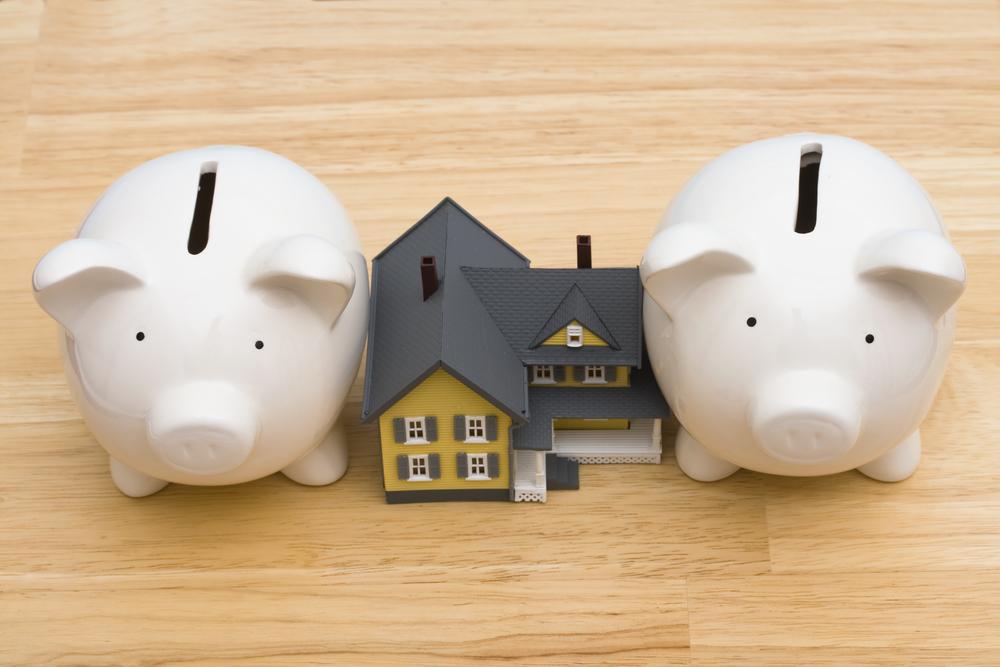Understanding End Loans: A Complete Overview
An end loan is a financing option used to pay off construction loans after project completion, offering flexible repayment terms and potential lower interest rates. It supports builders in managing cash flow and enhancing lender relationships, but requires careful negotiation and financial planning to avoid increased costs due to interest fluctuations.
Sponsored

Understanding End Loans
An end loan is typically used to settle remaining balances on a short-term construction loan. During construction, borrowers usually defer principal payments, but once the project finishes, the end loan allows for repayment, often including interest payments during this period. This setup helps manage cash flow and minimizes immediate financial burden.
Constructing lenders sometimes combine construction and end loans, requiring interest payments throughout construction, followed by full repayment at the end. Both borrowers and lenders benefit from this arrangement, which offers flexibility and financial planning advantages.
The end loan extends the repayment timeline, often from 1 to 5 years, giving borrowers extra time to develop revenue streams, especially for commercial properties. It also fosters stronger lender-borrower relationships.
The interest rates for end loans may be slightly lower than the initial construction loan, reflecting property appreciation and improved creditworthiness. Borrowers might also consider refinancing options to replace the construction financing, with lenders offering competitive rates to retain business.
However, end loans have drawbacks. They tend to start amortizing immediately, and interest accrual can increase overall costs. Fluctuating interest rates during construction can also raise repayment amounts. Savvy borrowers negotiate to secure end loans only after project completion and compare multiple lenders to find the best deal, ensuring they understand their financial position thoroughly.






